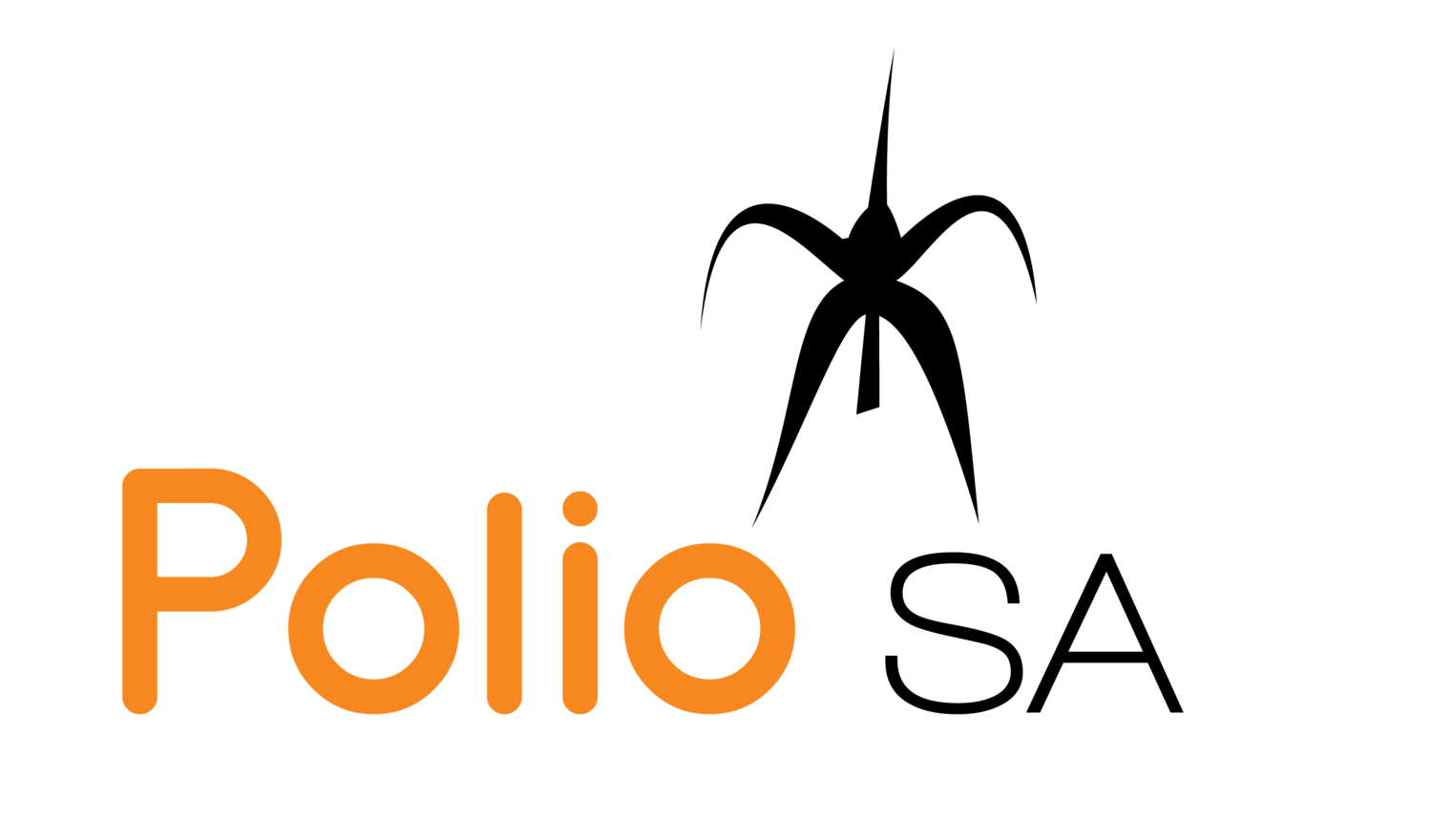By Lynda Shaw
I am a 65-year-old lady originally from Ghana, West Africa, but I have been living in Australia since 1980. I contracted polio at one year of age. The polio severely damaged muscles on the right side of my body, especially my leg. As a consequence, I have a pronounced limp and since 2000, walk with the aid of a walking stick.
I have suffered pain in my left, unaffected, hip for the last seven years resulting from the increased stress placed on that hip through having to perform most of the weight bearing requirements when standing and walking.
I was receiving cortisone injections annually as part of accepted medical treatment to relieve hip pain stemming from wear and tear caused by overuse. However, as advised by my doctor, the cortisone was only a medium term solution being as it only masked the pain and tended to lead to continued overuse of the affected area and ultimately further damage.
The eventual requirement would be for a hip replacement.
A couple of years ago a friend told me about an innovative treatment known as Platelet Rich
Plasma (PRP) and suggested that I should try it for my hip pain. After making an appointment at the Wakefield Sports Clinic I waited eight months to meet with Dr Ramona Chryssidis, one of very few doctors specialising in this treatment in South Australia.
The PRP is derived by centrifuging a sample of the patient’s own blood to concentrate
platelets. The PRP is then injected, with the aid of an ultrasound to the identified areas of
tissue damage. It is believed that the platelets secrete substances called growth factors and
other proteins that regulate cell division and stimulate tissue regeneration to promote healing and accelerate the healing of injured (affected) tendon, ligaments, muscles, joints etc.
I had my first treatment in April 2019 and within a matter of days I noticed that I could get up from a sitting position easily and without pain. Prior to the PRP treatment I took Meloxicam (Mobic), a prescription anti-inflammatory medication, almost daily and paracetamol in between. However, since the treatment I rarely take any medication at all.
I have since had a second series of injections of PRP (at my insistence) prior to a road trip to
Queensland in December 2019 to be sure I would be ok for the long trip.
In May this year (2020) I had a top up of Medical Glucose injections (via ultrasound) as recommended by Dr Chryssidis because I was experiencing mild ache in the hip. The glucose is understood to re-activate the previous injection and stimulate the body’s natural healing process, and it did just that.
I can honestly say this treatment worked for me and would highly recommend that others with similar issues consider trying it.
Nik tells a similar story
A recent conversation with my physio, suggested that the reason PRP works is that it helps in joints, rather than muscle or tendons, with osteo-arthritis.
Ergo, knees and shoulders!
I have mine done at Symons and Fowler in Hutt Street. Shaun Fowler is the man.
Smart Health and Training, on Richmond Road [82931100] offer it as well. …. the practitioner is Ramona Chryssidis.
Readers probably should also go to the internet and look for “platelet rich plasma treatment.” There is information there, some very scientific.
When people talk to their doctor, they should not be put off by a negative response. Some doctors are just unaware of this treatment and don’t know better.
The beauty of the treatment is that there is nothing foreign or chemical being pumped in….it is all from one’s own blood.
Having said all of the above, there is a caveat……. PRP is not a 100% panacea for all.
The only way to find out if it is suitable, is to try it !
An old Russian saying says: “if one doesn’t jump in the water, one doesn’t get wet!”
Hope this helps.
Cheers, Nik Surikov
